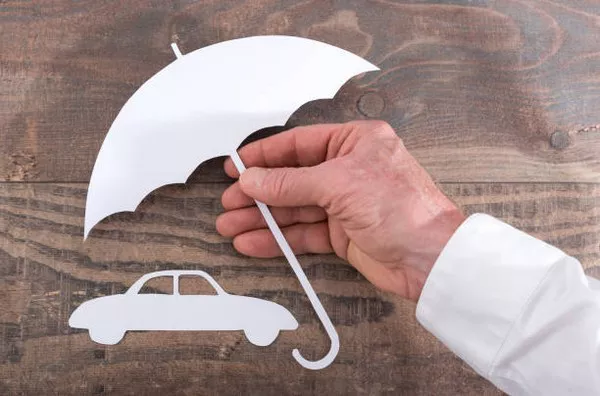Car accidents can be distressing, and if your vehicle is totaled, the financial repercussions can be overwhelming. This is where gap insurance comes into play. In this comprehensive guide, we will explore the intricacies of gap insurance, explaining what it is, how it works, its benefits, and why it’s crucial to have this coverage in certain situations.
What is Gap Insurance?
Definition and Basics
Gap insurance, short for Guaranteed Asset Protection insurance, is a type of auto insurance coverage that bridges the gap between what you owe on your car loan or lease and the actual cash value (ACV) of your vehicle at the time of a total loss. In essence, it ensures that you’re not left financially responsible for the difference between the car’s value and what you still owe.
Scenario of a Totaled Car
Total Loss: A car is typically considered totaled when the cost of repairs exceeds a certain percentage (often 75-80%) of the vehicle’s ACV.
Depreciation: Over time, your car depreciates in value, which means its ACV is lower than the original purchase price.
How Does Gap Insurance Work When Your Car Is Totaled?
Coverage Details
Loan or Lease Payoff: If your car is totaled, your regular auto insurance will typically cover the ACV of the vehicle. Gap insurance steps in to cover the difference between the ACV and the remaining balance on your auto loan or lease.
Example: Suppose you owe $20,000 on your car loan, but the ACV of your totaled vehicle is only $16,000. In this case, gap insurance would cover the $4,000 difference.
Lender Requirements: Gap insurance is often required by lenders or lessors for new car purchases or leases, as it protects their financial interest.
Benefits of Gap Insurance
Financial Protection: Gap insurance shields you from having to pay out of pocket for the remaining balance on your auto loan or lease after a total loss.
Peace of Mind: It provides peace of mind knowing that you won’t be burdened with a substantial debt in the event of a severe accident or theft.
No Depreciation Worries: Gap insurance negates the impact of your car’s depreciation on your financial responsibility.
Cost of Gap Insurance
Affordable Premiums: Gap insurance is generally affordable, often costing a few hundred dollars a year. The cost may vary based on factors like the insurer, your location, and the type of vehicle.
Financing Options: You can often include the cost of gap insurance in your car loan or lease payments.
When is Gap Insurance Necessary?
New Car Purchases and Leases
High Depreciation: New cars can depreciate quickly in the first few years. If your car is totaled shortly after purchase, gap insurance can be crucial.
Low Down Payments
Small Down Payment: If you made a minimal down payment or no down payment at all when purchasing the vehicle, the gap between the loan balance and ACV is more significant, making gap insurance advisable.
Long-Term Loans or Leases
Extended Terms: If you have a long-term auto loan or lease, gap insurance can be beneficial, as it covers a more extended period of depreciation.
Conclusion
In the unfortunate event of a totaled car, gap insurance serves as a financial safety net, ensuring that you don’t end up owing more than your vehicle is worth. While it may not be necessary for all car owners, it is highly recommended for those with new cars, low down payments, or extended loan or lease terms. Understanding how gap insurance works and considering it as part of your auto insurance coverage can provide valuable peace of mind and financial protection in times of unexpected accidents or thefts. Always consult with your insurance provider or financial advisor to determine if gap insurance is right for your specific situation.


